There is nothing that dogs wish more than to feel infinitely loved by their humans. As their parents, we relish seeing their eyes filled with love and the way they wag their tails as soon as they greet us at the door.
Heroes Come To Save Teasel
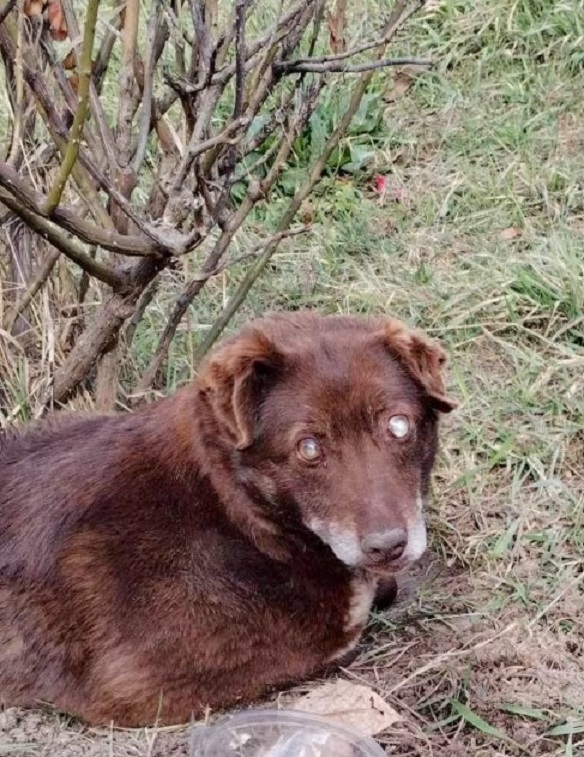
When Myatt came to the location, she found the abandoned dog, later named Teasel, lying under a bush by the road.
Fortunately, a kind-hearted man fed Teasel for days.
According to him, the faithful dog didn’t move from her spot, not even when it rained. She kept believing that her owners would take her home.
Myatt approached Teasel and caressed her head, but the doggo shied away. The rescuer felt brokenhearted and wondered whether the dog ever received love from her owners.
Myatt gently secured Teasel with a leash and drove her to Sadie Dog Rescue.
Helping Teasel Open Her Heart To Love
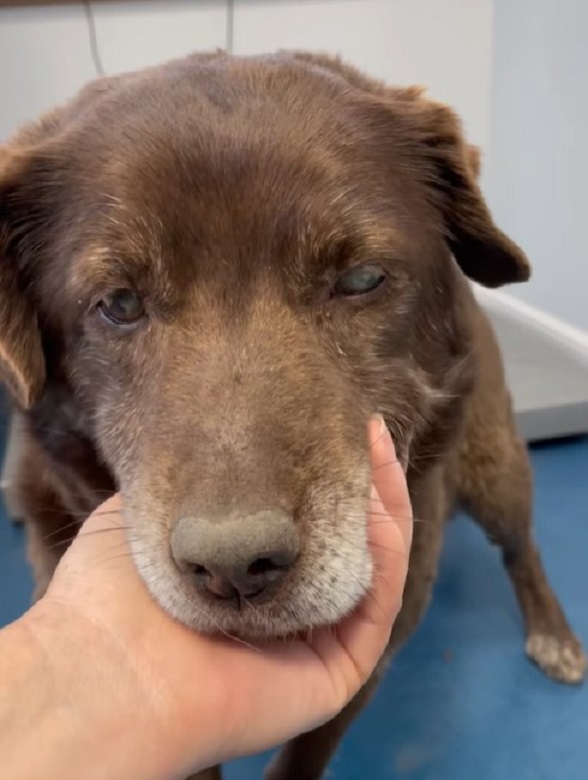
The rescue staff received Teasel with open arms, trying to console her and give her much-needed love.
They removed ticks from her fur and prepared her a comfortable place to relax.
Teasel was gentle toward her rescuers, but she was still frightened. She didn’t look for human touch.
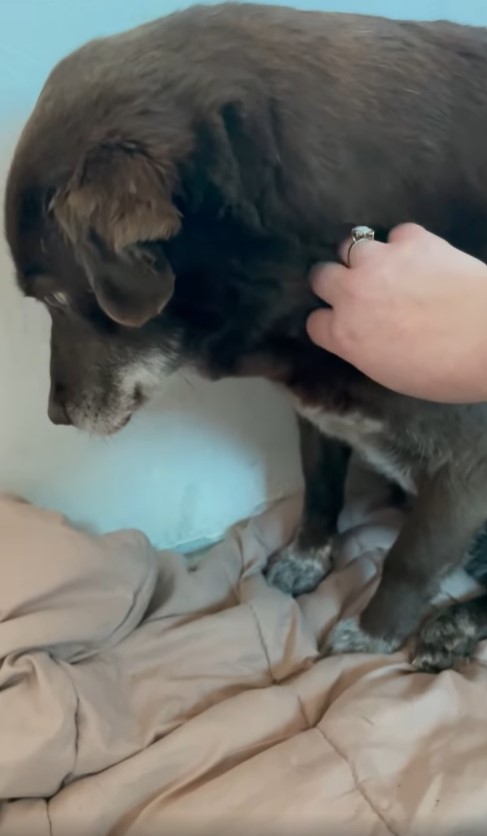 Source: Sadies Dog Rescue
Source: Sadies Dog Rescue
Myatt felt sad to see a dejected look in her eyes, and she hoped that with time, Teasel would start trusting them.
“I’m heartbroken for her, I just pray we can enable her to enjoy the rest of her life 🙏🏼 She’s safe and loved but she deserves the world,” Myatt wrote in a Facebook post.
Her friends continued pampering her with care and showering her with love, wishing to help her discover how beautiful life can be.
Two weeks after her rescue, Teasel wagged her tail whenever she heard Myatt’s voice.
Her rescuers took the pup to the vet for a medical checkup.
Unfortunately, at her first appointment, the vet revealed that Teasel possibly had a metastatic mammary tumour, but more testing needed to be done to get more information.
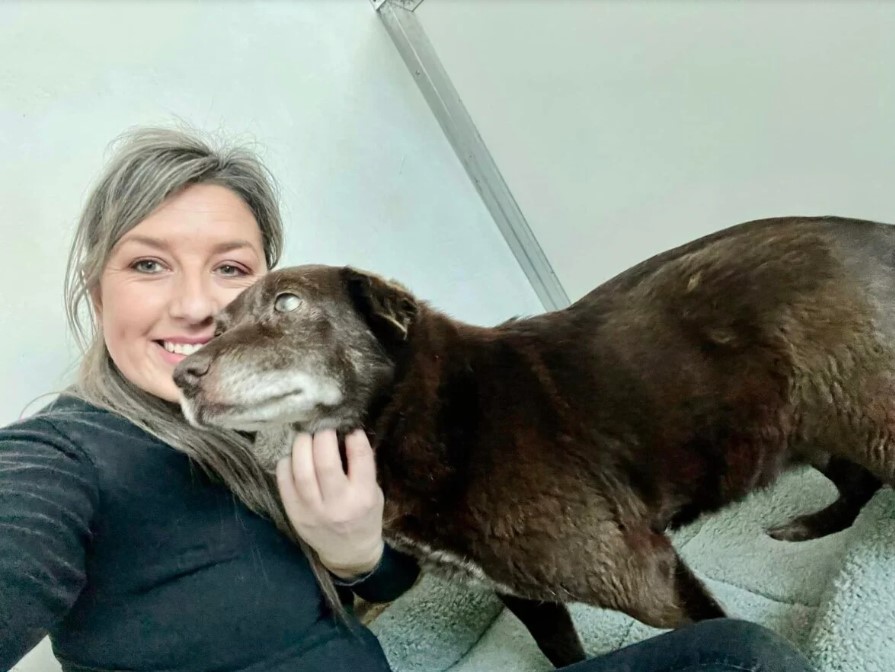 Source: Laura Myatt via Rocky Kanaka
Source: Laura Myatt via Rocky Kanaka
Myatt shared on her Facebook that the staff took Teasel to an eye specialist. Sadly, the doctor said that the pup’s vision couldn’t be restored, but that she adjusted very well.
Finding A Home Filled With Love
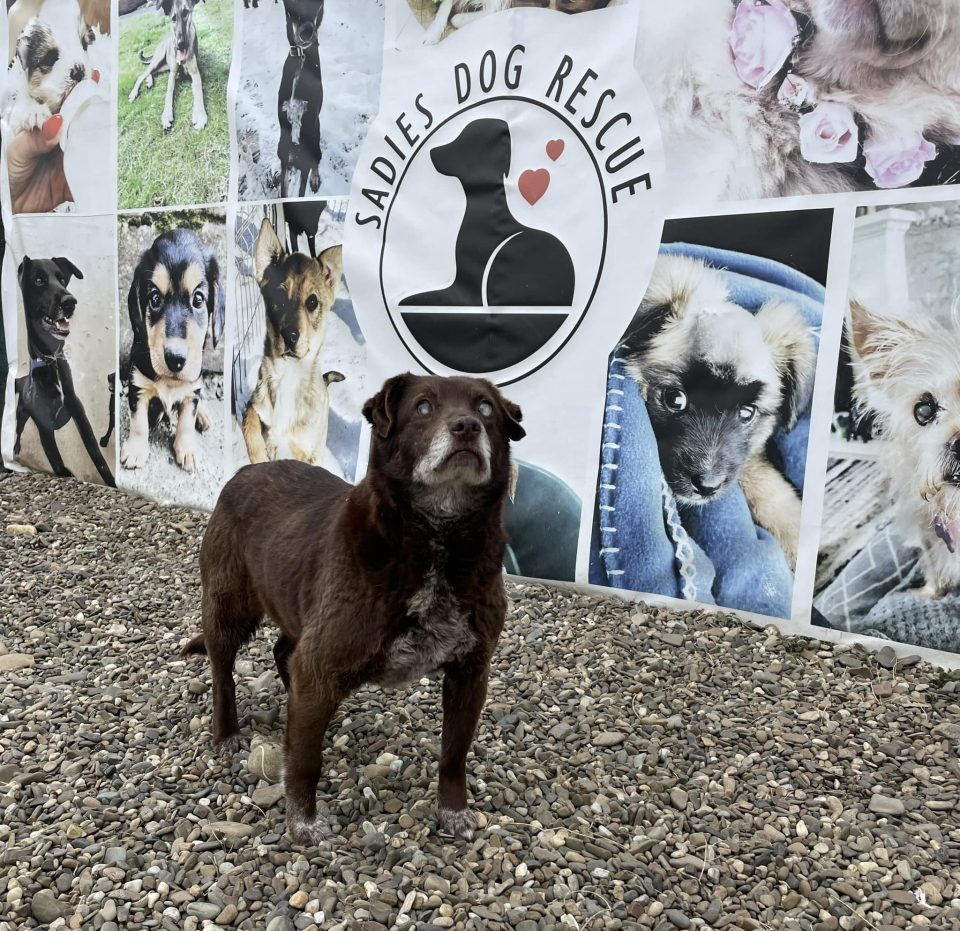 Source: Laura Myatt
Source: Laura Myatt
A wonderful woman fell in love with the pooch the moment she saw her and decided to become her forever mom.
She will be by Teasel’s side and dote on her while the pup recovers from her surgery.
Before she left for her forever home, the sweet dog said goodbye to her human friends who were there for her when she needed them the most.
The rescuers were overjoyed because their sweet girl found her happily ever after.
She will finally receive all the love that she was supposed to have all along.
I feel thankful both to the Good Samaritan who fed Teasel after she was abandoned and to her wonderful rescuers who gave her a new chance at life.
If you’ve ever wondered about the age of your furry friend in human terms, understanding dog years can be quite enlightening. When it comes to converting your dog’s age into human years, the process isn’t as straightforward as you might think. Dogs age at a different pace than humans, which is why the concept of “dog years” was introduced to help us relate their age to ours.
As a seasoned dog enthusiast, you’re likely aware that the popular belief of one dog year being equivalent to seven human years is not entirely accurate. The calculation is a bit more nuanced, taking into account factors like breed, size, and overall health. So, the next time you’re pondering how old your canine companion is in human years, there’s more to consider than just a simple multiplication.
Understanding Canine Aging
Aging in dogs varies based on various factors, so understanding your furry friend’s age in human terms requires a more nuanced approach.
Consider Your Dog’s Size
Smaller dogs tend to live longer than larger breeds. For instance, a 2-year-old small dog is roughly equivalent to a 24-year-old human. In contrast, a 2-year-old large breed dog might be more like a 42-year-old in human years.
Factor in the Breed
Different breeds age at different rates. While some breeds age gracefully, others are prone to age-related issues early on. For example, a 2-year-old medium-sized breed could compare to a 30-year-old human, but a 2-year-old giant breed might be more like a 45-year-old human.
Account for Health and Lifestyle
Just like in humans, a healthy lifestyle can impact a dog’s aging process. Regular exercise, a balanced diet, and proper healthcare can all contribute to your dog staying young at heart.
Consult Your Vet
To get a more accurate assessment of your dog’s age in human years, consult your veterinarian. They can provide insights based on your dog’s specific breed, size, and health status.
Understanding your dog’s age in human terms involves more than a simple multiplication. Factors like size, breed, and health all play a crucial role in determining where your furry companion stands on the age spectrum.
Calculating Dog Age
When it comes to calculating your furry friend’s age in dog years, the common belief is that you can simply multiply their age by 7 to get the equivalent in human years. However, the reality is a bit more complex.
Consider Breed and Size
Different dog breeds and sizes age at varying rates. Smaller breeds tend to live longer than larger ones. For example, a 2-year-old small breed dog may be similar in age to a 24-year-old human, while a 2-year-old large breed dog might be more like an 18-year-old in human years.
Health Matters
A dog’s overall health plays a significant role in how they age. Just like in humans, a healthy lifestyle, proper nutrition, exercise, and regular vet check-ups can all contribute to a longer and healthier life for your furry companion.
Consult Your Vet
For a more accurate assessment of your dog’s age in human terms, it’s best to consult with your veterinarian. They can take into account various factors specific to your dog’s breed, size, health history, and lifestyle to give you a more precise age equivalent.
Remember, determining your dog’s age in human years isn’t as simple as basic multiplication. It’s a nuanced process that involves many considerations specific to your beloved pet.
Comparing Human and Dog Aging
When comparing human and dog aging, it’s essential to understand that dogs age at different rates depending on various factors. Larger dog breeds tend to have shorter lifespans than smaller breeds. For instance, a 1-year-old small dog like a Chihuahua is approximately 15 in human years, while a 1-year-old large breed like a Great Dane is around 9 in human years.
Factors such as breed, size, and overall health influence how dogs age in human terms. Consulting a veterinarian for a more accurate assessment of your dog’s age in human years is crucial. The 1:7 rule of thumb for converting dog years to human years is oversimplified. Health and lifestyle play significant roles in determining a dog’s age equivalence in human terms.
Understanding the aging process of your furry friend requires consideration of various factors beyond just numerical calculations. Different breeds age at different rates, and individual health conditions can impact aging. By consulting with a vet, you can get a tailored assessment of your dog’s age in human years based on these specific considerations.
Determining a dog’s age in human years is not as simple as multiplying by 7. Factors like breed, size, health, and lifestyle all play a part in accurately gauging your dog’s age equivalence in human terms. For a precise assessment tailored to your dog’s unique circumstances, consulting a veterinary professional is recommended.
Conclusion
So, there you have it – the age of a dog in human years isn’t as straightforward as multiplying by 7. Factors like breed, size, and health play a significant role in determining a dog’s age equivalence. Remember, smaller dogs tend to live longer than larger breeds. It’s crucial to consult a vet for an accurate assessment tailored to your furry friend’s specific circumstances. Understanding your dog’s aging process goes beyond a simple formula. Keep in mind that each dog is unique, and their age in human years is influenced by various individual factors. Stay informed, keep your pup healthy, and enjoy every moment together!
Frequently Asked Questions
Q: How do dogs age compared to humans?
A: Dogs age at different rates based on their breed, size, and health. Smaller dogs tend to live longer than larger breeds. The 1:7 rule for converting dog years to human years is oversimplified.
Q: Why is it important to consult a veterinarian for assessing a dog’s age in human years?
A: Consulting a vet is crucial as factors like health and lifestyle influence a dog’s age equivalence in human terms. Veterinarians can provide a more accurate assessment tailored to the specific circumstances of the dog.
[no_toc]

Hey there, I’m Janet Brooks, a dog-loving student from California. I’m all about helping pups in need, especially those without homes. Me and my awesome friends work together to give shelter and love to stray dogs. Oh, and I also write blogs about dogs to share helpful info.